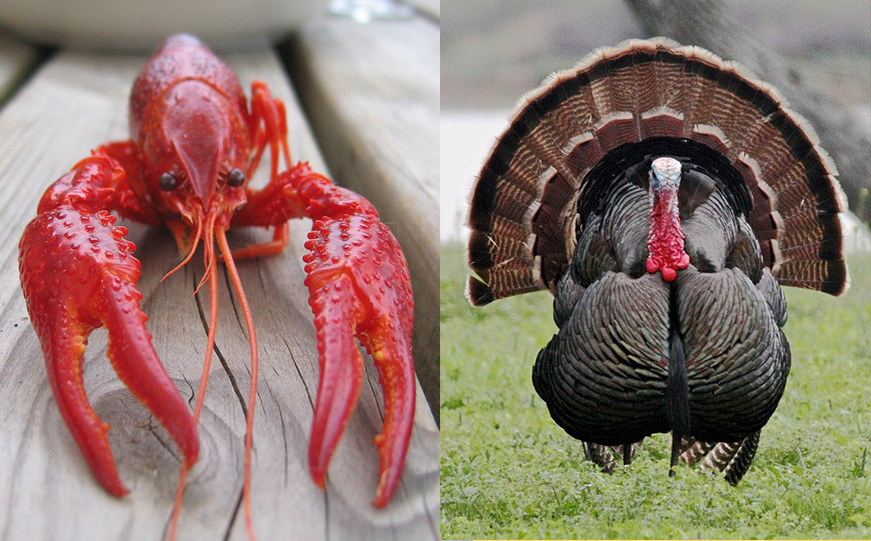In the building products industry, as in just about all industries, “commoditization” is a nasty word and a fate to be avoided at all costs.
When it happens, that means you’re competing solely on price… and customers, whether they’re consumers and/or the trades, see no difference between your brand and your competitors’. That is, if they see brands at all.
Being perceived as a commodity means your margins are slimmer and you can be replaced without a second thought.
The best way to avoid commoditization is by building some kind of technology or intellectual property into the product. We’ve seen this used to great effect with products like Delta Faucets’ Touch2O and Henry Company’s self-adhesive house wrap.
But innovation is often easier said than done. If that’s not a viable option, how can you stave off commoditization and ensure your customers continue to see added-value for your brand?
You just need to decide if you’re a lobster or a turkey.
Lobsters
When you think of lobster, you think of the ultimate in decadence and luxurious dining. A lobster dinner will set you back a pretty penny, and they’re generally reserved for the most special of occasions.
It wasn’t always that way. A couple hundred years ago, lobsters were not seen as an indulgence at all. In fact, they were fed to poor people and prisoners. They were so plentiful in fact, that coastal Native Americans used them as bait.
Then, in the late 19th century, railway companies began selling lobster as a delicacy to tourists… especially those traveling to and from New England. The crustacean hadn’t changed. The railways weren’t preparing it in any special way.
They just found a new market and reshaped the perception of the once-lowly lobster.
Turkeys
Speaking of foods with roots in New England, the turkey has been a Thanksgiving (and to a lesser extent, Christmas) staple for millions of American households. Each November, we eat some 46 million birds, along with mashed potatoes and cranberries, before falling asleep while watching football.
There are several different brands of turkeys you can buy at your supermarket… and there’s really no difference between them. Some may claim to be organic or bigger or juicier, but the fact is that every brand of turkey is indistinguishable from the next.
There’s another thing turkeys have in common: they’re daunting to cook. Especially for the newlyweds hosting Thanksgiving for the first time.
Knowing this, Butterball, the most popular and well-known brand of turkeys, offers a toll-free number as a lifeline to people desperate not to serve dried-out turkey.
Just as with the lobsters, Butterball didn’t make the turkey any different. They just baked in (see what we did there?) a customer service promise that has made the value-added brand synonymous with turkeys.
Which will you be?
With the lobster and the turkey, we see two different routes to avoid becoming a commodity: positioning and service.
To become a sought-after delicacy, lobsters simply had to be positioned differently to a new audience. The same thing can be acomplished with building products.
We mentioned Delta earlier, but one of their competitors takes the lobster approach. Gerber markets itself as the “plumber’s brand.” By targeting a specific audience, and tailoring their product offering, marketing, and service to meet that audience’s needs, they are helping to ensure loyalty from a very important customer group.
Following the turkey example, home goods retailer IKEA uses a relentless focus on the customer to set themselves apart. Their stores offer an experience unlike any other, and serve as a destination for shoppers who live 100 miles away or more. They offer a liberal return policy, and generally make shopping for household items fun.
So each of these brands are able to compete in crowded marketplaces by offering something unique that doesn’t necessarily have to do with their products’ features.
And like lobsters or Butterball turkeys, they’re able to command the higher margins and brand identities that commodities cannot.




